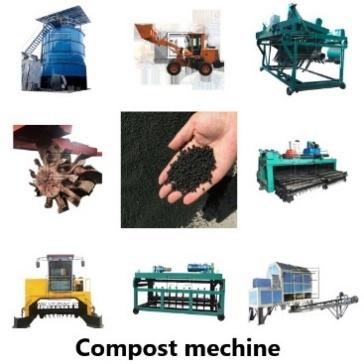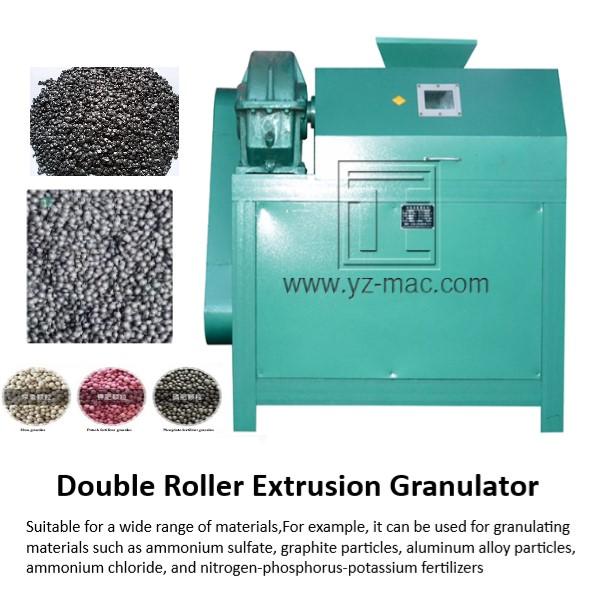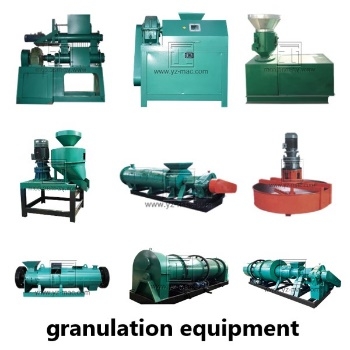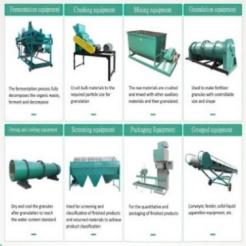Automatic compost machine
An automatic compost machine, also known as an automated composting system, is a specialized piece of equipment designed to streamline and simplify the composting process. These machines automate various stages of composting, from mixing and aeration to temperature control and moisture management.
Hands-Free Operation:
Automatic compost machines eliminate the need for manual turning, mixing, and monitoring of the compost pile. These machines automate the composting process, allowing for hands-free operation. Once the organic waste is loaded into the machine, it takes care of the necessary tasks, such as turning, aeration, and temperature regulation, without manual intervention.
Efficient Decomposition:
Automatic compost machines optimize the composting process to ensure efficient decomposition. They provide controlled environments with optimal moisture, temperature, and oxygen levels, promoting the growth of beneficial microorganisms. This results in faster breakdown of organic materials and efficient compost production.
Consistent Mixing and Aeration:
The automatic compost machine incorporates mechanisms, such as rotating drums, paddles, or agitators, to provide consistent mixing and aeration. These features ensure uniform distribution of organic waste, allowing for better oxygen penetration and improved decomposition throughout the composting process. Consistent mixing and aeration contribute to high-quality compost.
Temperature and Moisture Control:
Automatic compost machines often include sensors and control systems to monitor and regulate temperature and moisture levels. These machines can adjust airflow, water spray, or heat application to maintain optimal conditions for composting. Temperature and moisture control ensure that the compost pile remains within the desired range for efficient decomposition.
Odor Control:
The automated processes and controlled environments of automatic compost machines help minimize and control odors associated with composting. Proper aeration, decomposition, and moisture management reduce the release of foul odors, making the composting process more pleasant for operators and surrounding areas.
Time and Labor Savings:
Using an automatic compost machine saves valuable time and reduces the labor required for composting. These machines automate time-consuming tasks such as turning, mixing, and monitoring, allowing operators to focus on other activities. By eliminating manual labor, automatic compost machines increase operational efficiency and productivity.
Scalability:
Automatic compost machines come in various sizes and configurations, accommodating different scales of composting operations. They can be tailored to suit small-scale home composting, community composting initiatives, or large-scale commercial operations. The scalability of automatic compost machines allows for flexibility in meeting specific composting needs.
Data Monitoring and Reporting:
Many automatic compost machines include monitoring systems that collect data on key parameters such as temperature, moisture, and composting progress. Operators can access real-time data and receive reports on the composting process, allowing for better management and optimization of compost production.
In conclusion, an automatic compost machine offers hands-free operation, efficient decomposition, consistent mixing and aeration, temperature and moisture control, odor control, time and labor savings, scalability, and data monitoring capabilities. These machines streamline the composting process, increase productivity, and ensure the production of high-quality compost. Whether for small-scale or large-scale composting, automatic compost machines are valuable tools for efficient and automated compost production.






